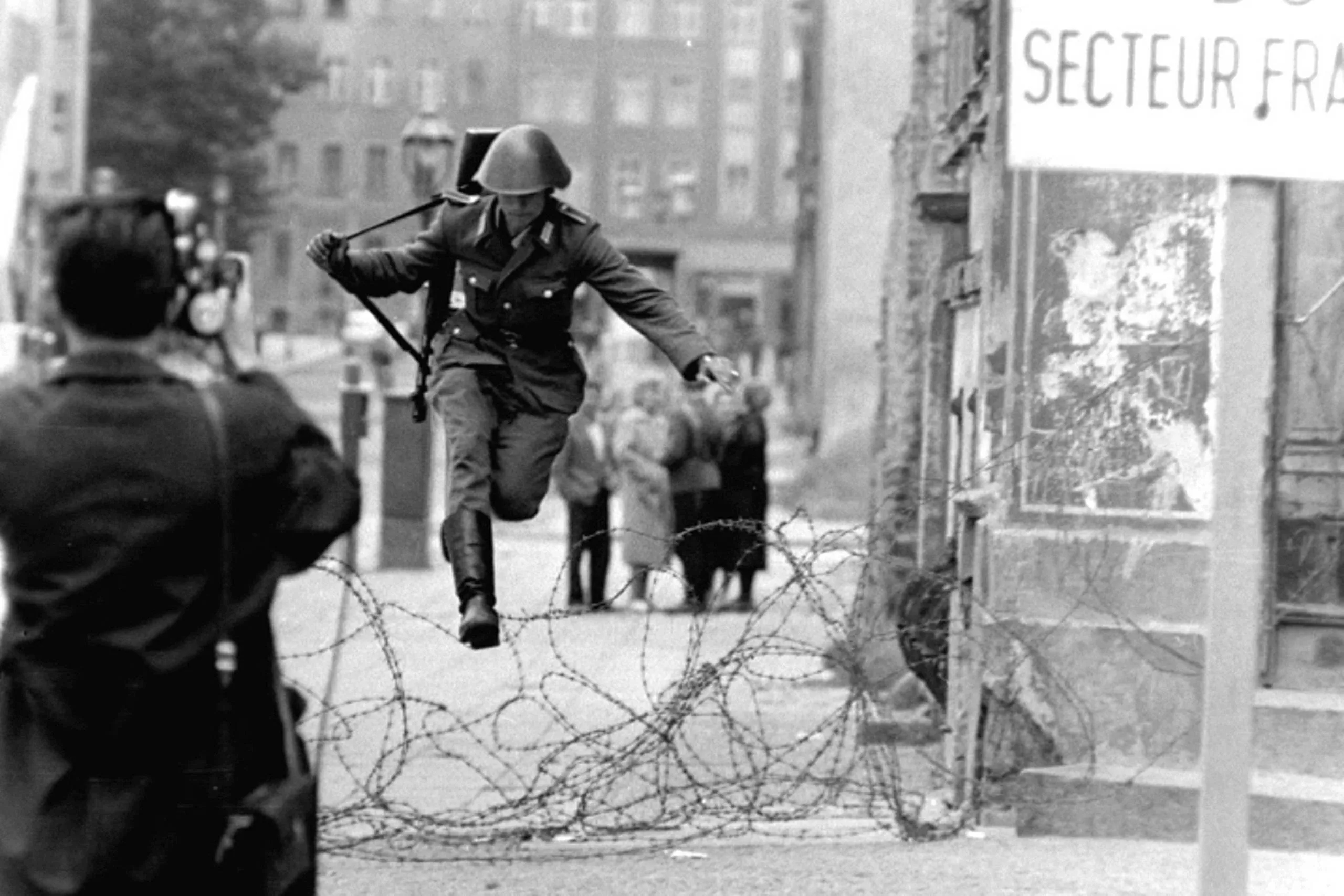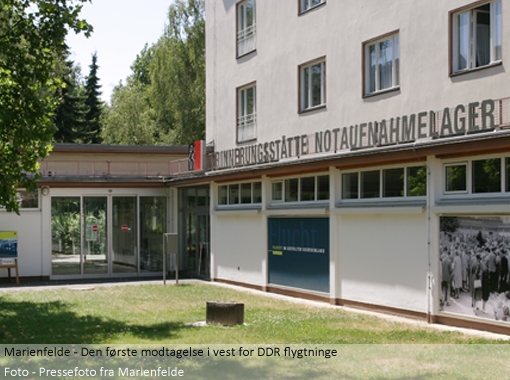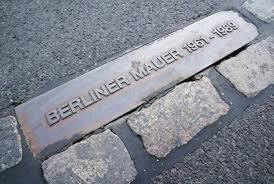Other places worth seeing and excursion destinations in other countries:
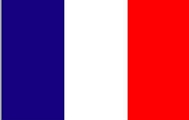 |
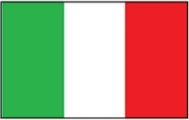 |
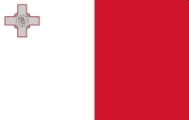 |
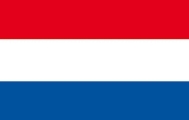 |
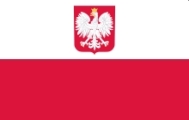 |
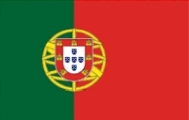 |
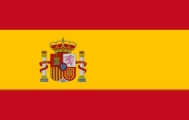 |
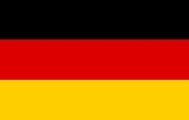 |
FR |
IT |
MT |
NL |
PL |
PT |
ES |
DE |
Link: Worth visiting in Berlin
Berlin - Volkspark Jungfernheide
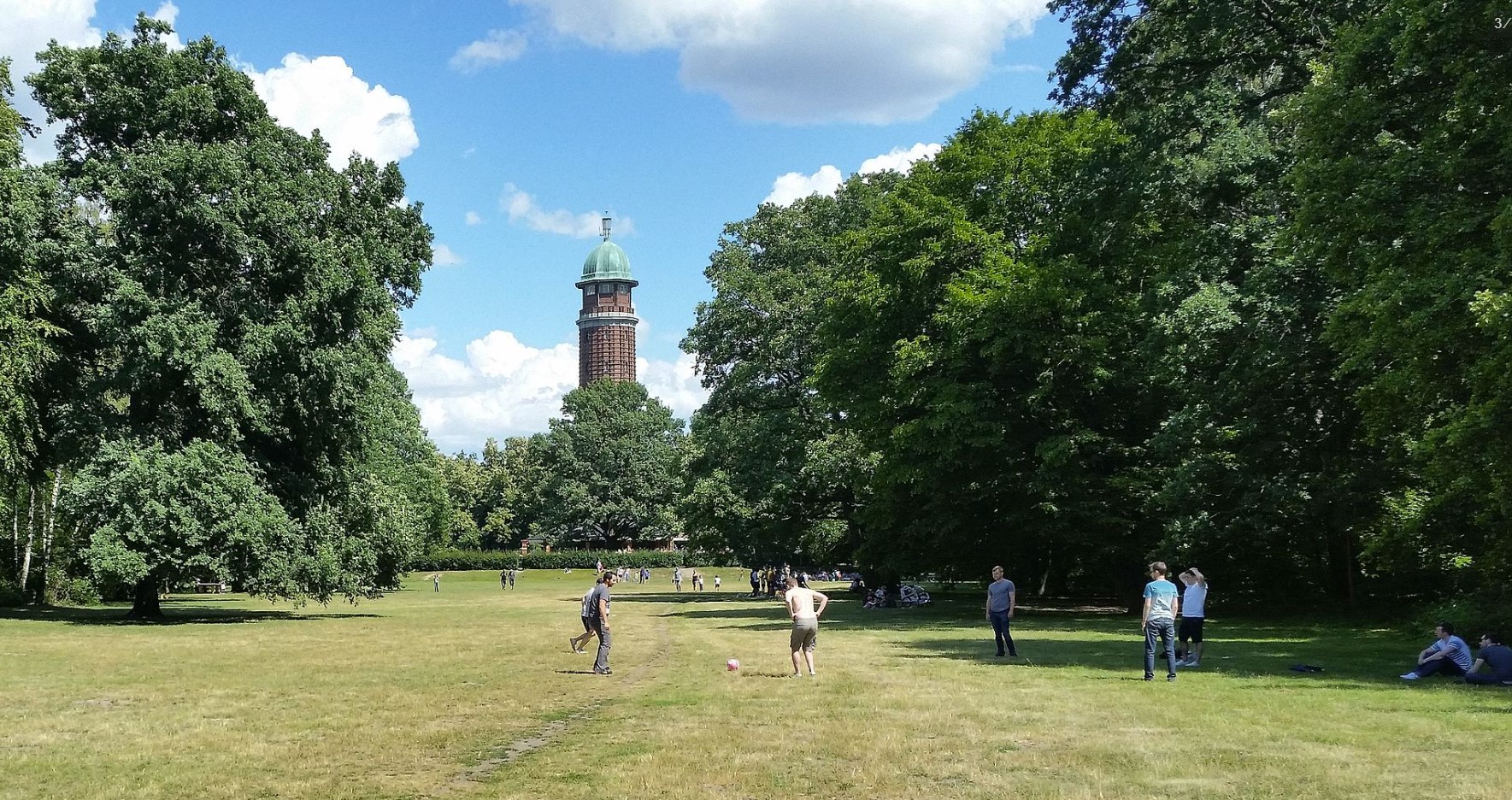
Volkspark Jungfernheide
– WikipediaVolkspark Jungfernheide in Charlottenburg is the second largest Park in Berlin and is home to a climbing park and Jungfernheide Beach bathing. "Volkspark" is a popular oasis, and in addition to a sports complex for beach volleyball, climbing, skateboarding, the park also has several playgrounds, many open areas for sunbathing, a pond, tennis courts, a wading pool and a restaurant. There are also paths suitable for both jogging and cycling in various levels of difficulty, and in the winter months a toboggan run is opened.
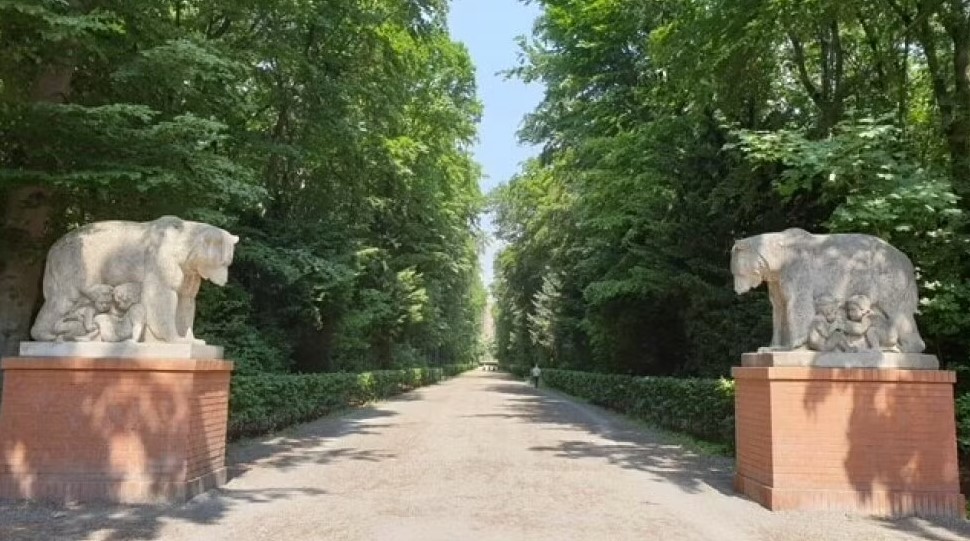
Main entrance Jungfernheide
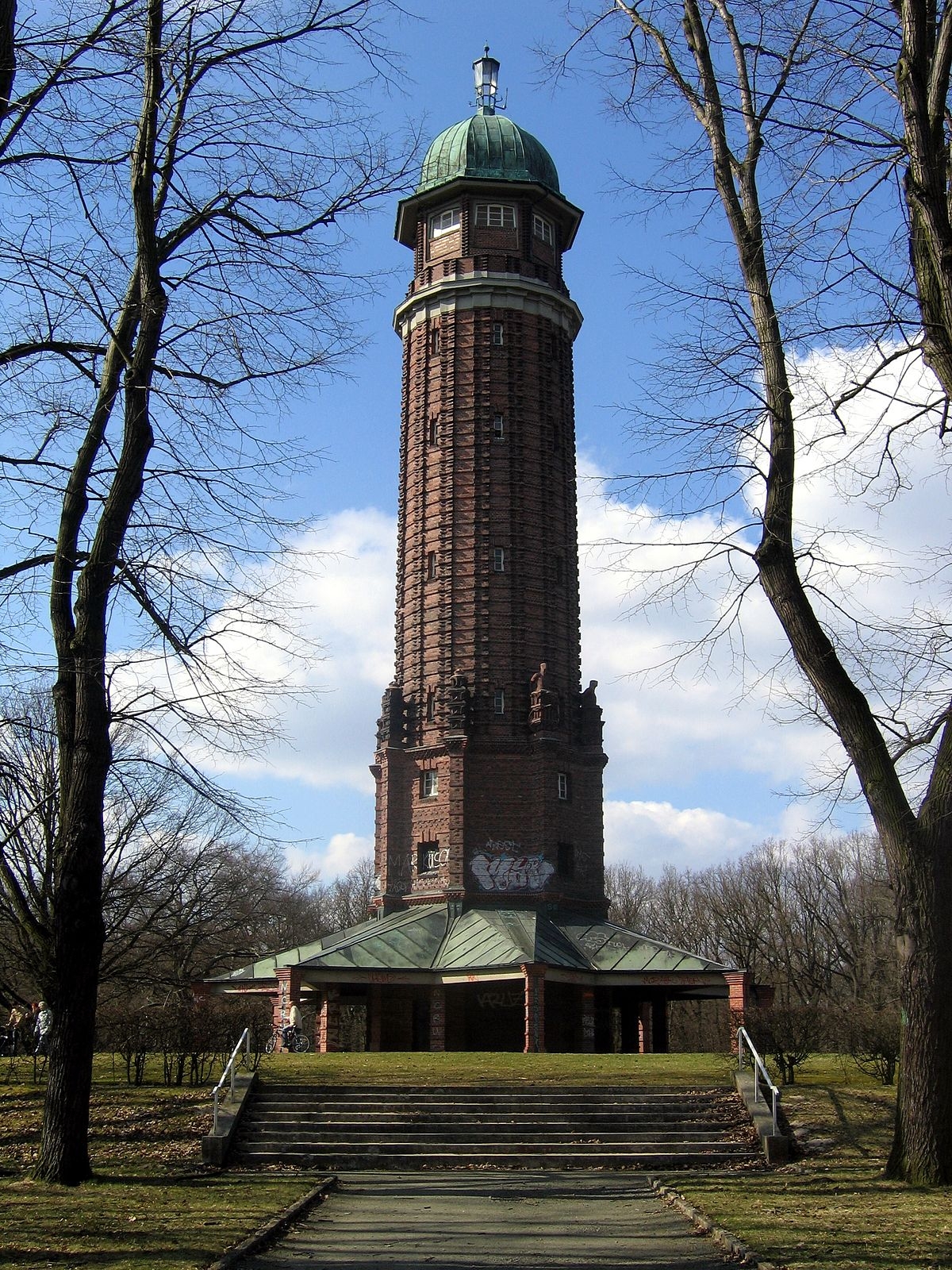
Watertower
in Volkspark JungfernheideDescription of Jungfernheide: Location and Size:
The park is located near the Spree River and borders residential areas, commercial zones, and industrial districts. Its size and central location make it a popular destination for exercise, relaxation, and social activities.
Nature and Landscape:
Jungfernheide features a varied landscape with large grassy areas, dense forests, small lakes, and streams. The park is home to a variety of tree species and wildlife, making it an important green lung for the city.
Recreational Facilities:
The park offers a wide range of activities and facilities, including:
Sports Facilities:
Soccer fields, basketball courts, volleyball courts, and a disc golf course.
Fitness Areas:
Outdoor training stations for exercise and strength training.
Playgrounds:
Dedicated areas for children with play equipment.
Dog Park:
Specific zones where dogs can run freely. Cultural and Historical Aspects: Jungfernheide has a long history dating back to the 19th century when it was originally established as a public park. It has undergone several transformations and renovations over the years but has retained its role as an important recreational and cultural area.
Transport and Access:
The park is easily accessible by public transport, including S-Bahn and bus lines, making it convenient for visitors from all over Berlin.
Adress
/ Entrance:Volkspark Jungfernheide is a large park with multiple entrances. Here are some of the main entrances and their approximate locations:
Main Entrance at Heckerdamm:
This entrance is close to the Jungfernheide S-Bahn station and is one of the most central access points. Approximate address: Heckerdamm.Entrance Siemensdamm: Located in the southeastern part of the park, near residential areas and businesses.
Entrance Lenther Steig: Located in the northwestern part of the park, close to residential areas.
Entrance Heckerdamm/Saatwinkler Damm: Located in the southwestern part of the park, near the intersection of Heckerdamm and Saatwinkler Damm.
Entrance Goerdelersteg: Located in the northeastern part of the park, near residential areas and a small bridge over a waterway.
Entrance Nonnendamm: Located in the eastern part of the park, near industrial areas and the Spree River.
Distance:
On foot from Alexanderplatz to the main entrance at Heckerdamm: 9.8 km. Duration approx. 2 hours 11 minutes.
Train: S-Bahn: The Jungfernheide station is served by the following S-Bahn lines:S41, S42 og S46 From the Jungfernheide S-Bahn station, it is just a short walk (approx. 5-10 minutes) to the main entrance at Heckerdamm.
Bus: Several bus lines stop near the main entrance:
Bus M21: Stops at S-Bahn Jungfernheide and runs between U-Bahn station Jakob-Kaiser-Platz and U-Bahn station Lipschitzallee.
Bus 109: Also stops at S-Bahn Jungfernheide and connects Tegel Airport with Zoologischer Garten.
Bus X34: An express bus that stops at S-Bahn Jungfernheide and runs between Tegel Airport and Alexanderplatz.
Other options:
Regional train (RE/RB): The Jungfernheide station is also served by some regional trains, making it easy to reach the park from other parts of Berlin or the surrounding area.
Link:
Berlin is always worth a visit - summer or winter - but where to go? Here are some slightly unusual and very different suggestions for places I like to go.
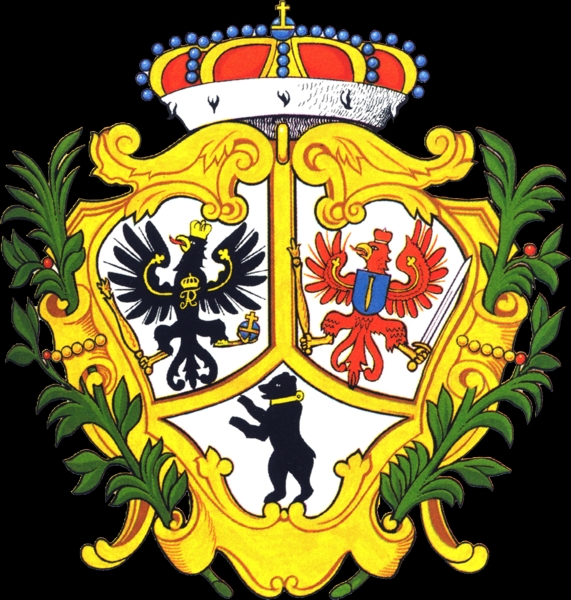
Berlins våbenskold ca. år 1700
Berlins våbenskold ca. år 1700
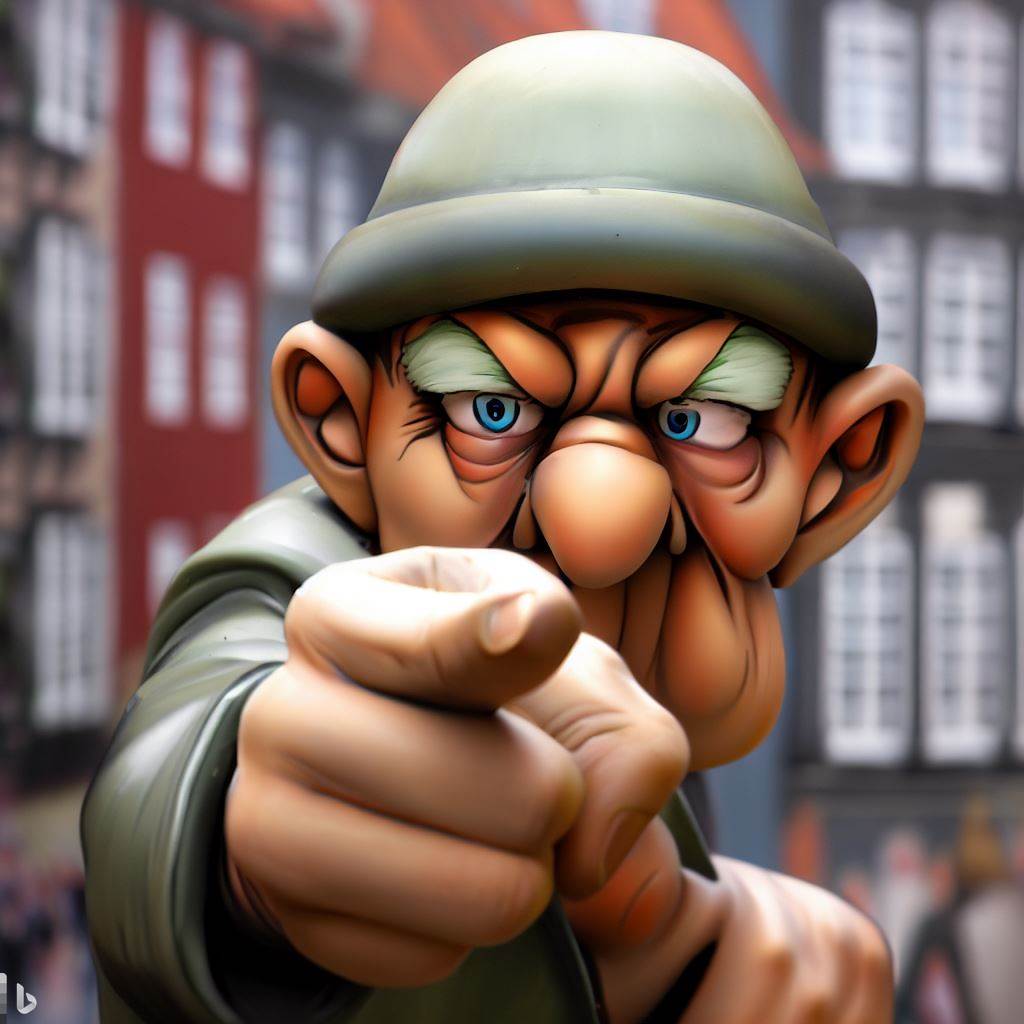
Wanted
D E F
G H I J K
L M N O P Q R S
S T U V X Y Z
Recreational areas:
Food and drinks:
Postcard Berlin, Sebastianstraße, Berliner Mauer Shortcut to postcards of the Berlin Wall
A recommendation
Berlin's landmark is a bear
I have visited Berlin for many years. The first time was in the late 70s with a school
class where the stay made such a big impression on me that I have been coming there
very often ever since.
The first times I visited the city, it was brutally divided into East and West and
separated by the famous and infamous Berlin Wall, which from one day to the next
separated families and friends.
The history of the construction of the Berlin Wall is long and begins in the division of Germany
after World War II, where the four victors and allies - the Soviet Union, the United States, England and France divided the country
between them. The capital, Berlin, from which the Allies were to jointly rule Germany, was also divided into four occupation zones,
which each Allied ruled, however, in accordance with the overall agreements the four Allies had jointly
But the marriage was not a happy one and, in short, the differences between the United States, England and France, on the one hand, and
the Soviet Union, on the other, became so big that cooperation was almost impossible.
The lack of cooperation led the Soviet Union to voluntarily decide to form the state of the GDR
in their part of Germany, where West Berlin were located - now as a desert island in the east.
In the GDR, however, they had the problem that many of its inhabitants would rather live in the somewhat richer "West", where the Americans, unlike the Russians,
provided financial assistance for the reconstruction after the "total war". In the Soviet-occupied German territories, the Russians instead
dismantled most of the production equipment and moved it to the Soviet Union, and to make matters worse, the Germans were also ordered to
pay war damages.
As the flow of refugees from the GDR increased, often by several thousand people a day, the
then government of the GDR felt compelled, with the consent of the Soviet Union, to confine its population, otherwise within a few years there would be so few people
left in the state no longer really would work. The flight to the West among young people, skilled and highly educated was so that the situation was unsustainable
and something had to be done.
The iconic photo of the soldier who escaped from the
GDR to the west
Well arrived in West Berlin, you had to sign up in e.g. the Marienfelde refugee camp to apply for a residence permit.
Here one was interrogated and later typically assigned to a job according to qualifications and an apartment. Many former GDR citizens have passed through
Marienfelde, where there now also is a museum. It is estimated that approx. 1.35 million people passed through the camp in Marienfelde until the fall of
the wall in 1989.
West Berlin was a thorn in the side of the so-called communist regimes, which on several
occasions tried to get the West Allies to leave Berlin and thus let it become part of the GDR, but when that failed, the Berlin Wall or "Antifaschistischer Schutzwall"
as it was officially called in the GDR was built in 1961.
"Notaufnahmelager"
Marienfelde (refugee camp)
The "Schandmauer" - or wall of shame as it was called in most of the western world - came to surround the whole of West Berlin.
The day of shame - 13 August 1961 - was the day when a 41 km long wall was started and further developed the following years right up to the fall of the wall in 1989. Memorial
It is estimated that approx. 14,000 border soldiers guarded the wall
- which by the way consisted of several walls - even though 860,000 mines had been laid, more than 300
watchtowers erected, trenches built and more than 600 well-trained watchdogs exposed.
Throughout the period from 1961 - 1989, it is estimated that there were more than 5,000 escape attempts and that
a little more than 3,000 people were apprehended. Some of these escape attempts took place through the 57 escape
tunnels dug under the Berlin Wall. In all, it is believed that 190 died during escape attempts.
World War II and the Berlin Wall - even after its dismantling - have of course left their mark
on the city of Berlin and there is no doubt that these events have had a colossal historical significance, but one
must not forget that Berlin is also an extremely interesting and modern city, where life is lived and where the
cultural offerings are enormous.
Wanted


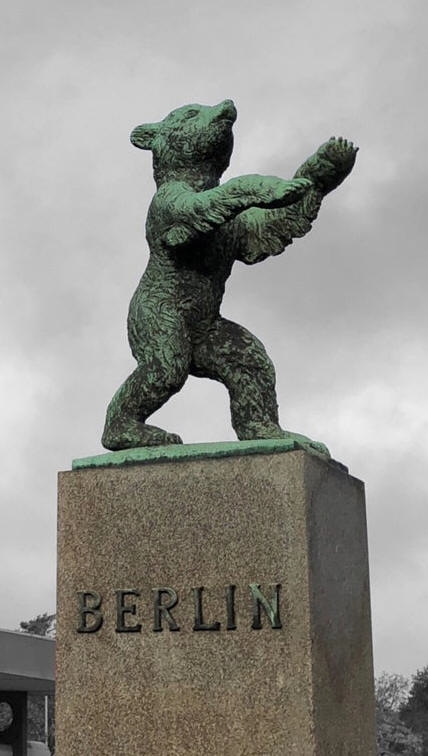
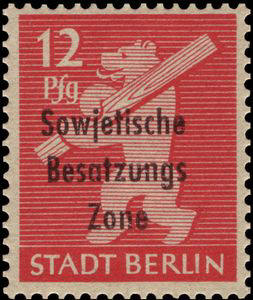
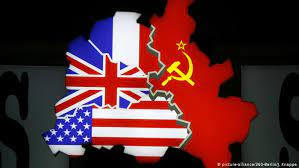
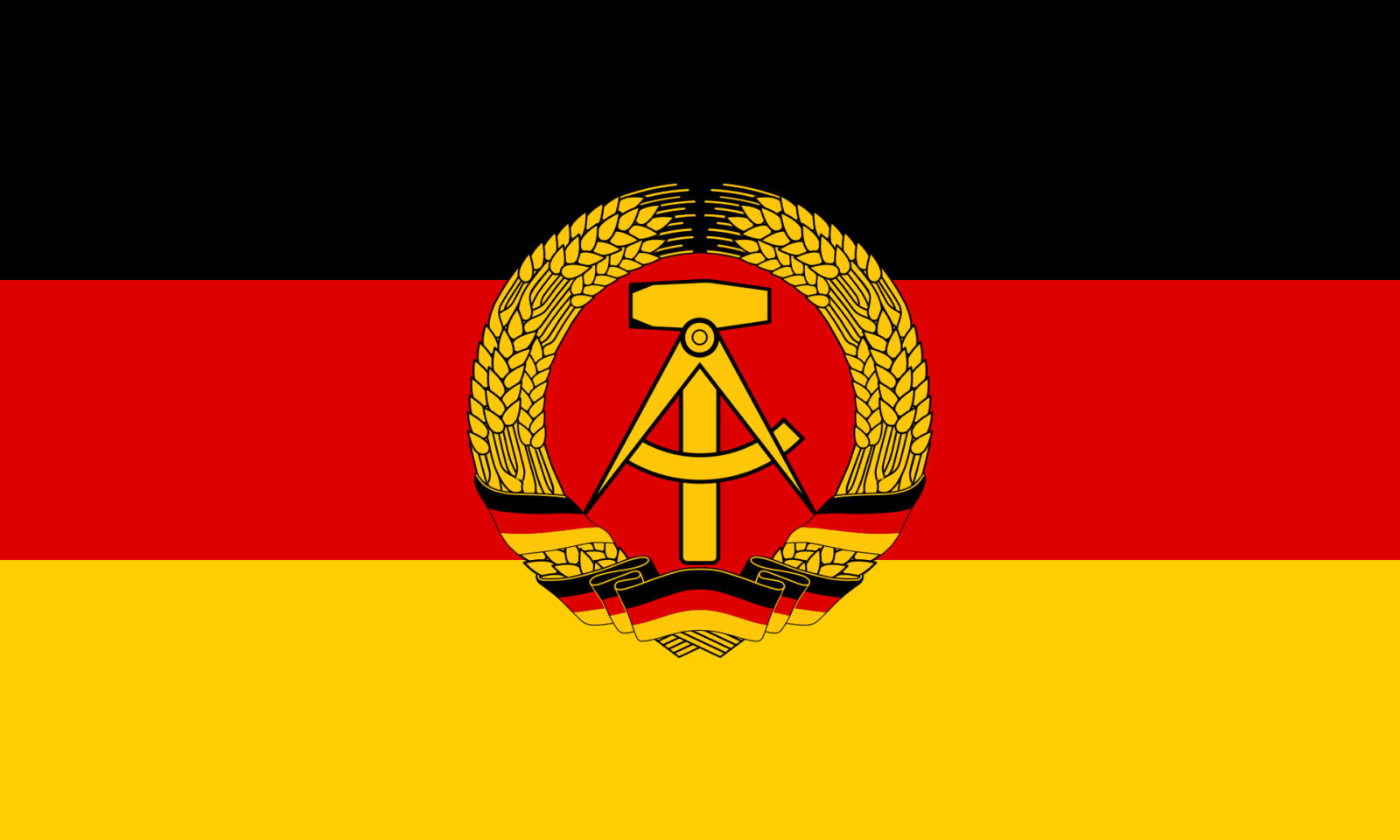
The GDR had otherwise promised its population that after some hard years
of toil and toil, the reward would come, but when you could see, not
least via western TV, how the nation actually fell further and further
behind in relation to the west, many began to doubt truth value of the
statement. For the same reason, large parts of the population began to
seep to the west and this could most easily happen via Berlin, where the
borders between the various sectors were still open.
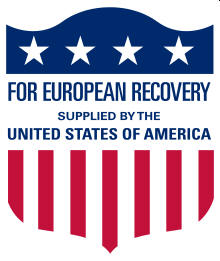 When a GDR citizen had decided to become a "republican
refugee", he or she typically dressed like people from the West
and then subsequently bought a train ticket to Berlin , if one did not already live there. In Berlin, the trip typically continued by "U-bahn" to West Berlin.
During such an escape, no significant luggage could be included, as one would easily be recognized as what one was - a refugee - and then taken to the police
station for questioning and imprisonment. Although there was free passage to West Berlin, many East German border guards were posted at the border and were
largely solely responsible for keeping an eye on any refugees.
When a GDR citizen had decided to become a "republican
refugee", he or she typically dressed like people from the West
and then subsequently bought a train ticket to Berlin , if one did not already live there. In Berlin, the trip typically continued by "U-bahn" to West Berlin.
During such an escape, no significant luggage could be included, as one would easily be recognized as what one was - a refugee - and then taken to the police
station for questioning and imprisonment. Although there was free passage to West Berlin, many East German border guards were posted at the border and were
largely solely responsible for keeping an eye on any refugees.
